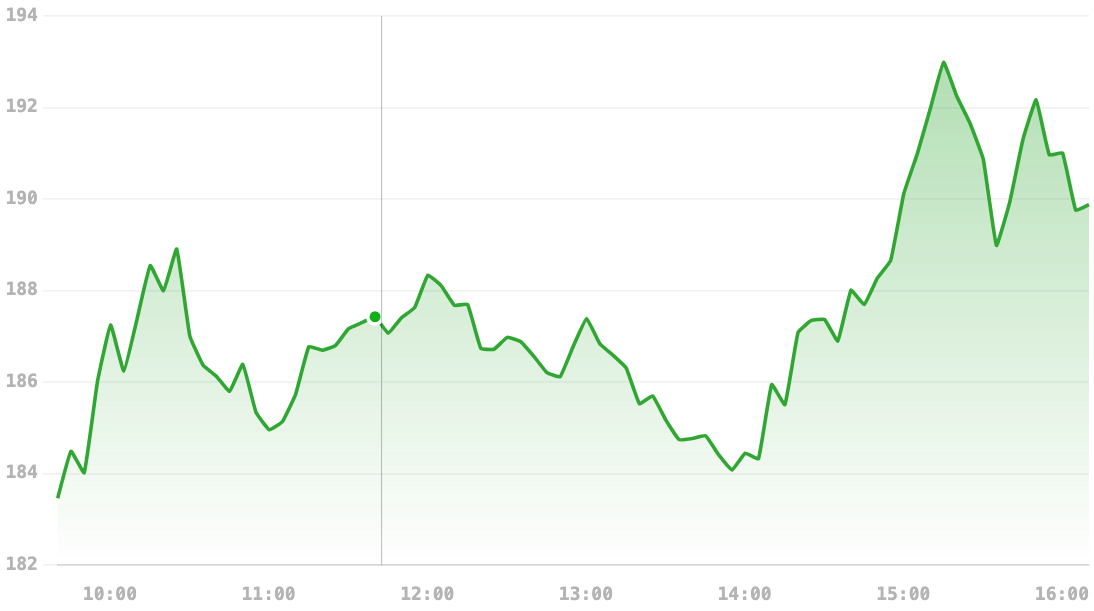
Introduction
Coinbase has emerged as one of the foremost cryptocurrency exchanges, playing a crucial role in the crypto economy. Established in 2012, it has provided a platform for individuals and institutions to buy, sell, and hold a variety of cryptocurrencies. As digital currencies gain traction worldwide, understanding the operations, recent updates, and regulatory challenges faced by Coinbase is more important than ever.
Recent Developments
In recent months, Coinbase has witnessed significant developments amid a dynamically changing regulatory landscape. The company went public in April 2021, further cementing its status in the market. However, as the U.S. Securities and Exchange Commission (SEC) intensifies scrutiny over unregistered securities and exchanges, Coinbase has faced several legal challenges and requests for regulatory compliance.
In October 2023, Coinbase announced partnerships aimed at enhancing its offerings, including the integration of additional cryptocurrencies and improved trading features. This initiative aligns with its commitment to providing a comprehensive trading experience amidst growing competition from other exchanges, such as Binance and Kraken. Additionally, the platform’s efforts to educate users about cryptocurrency trading, security practices, and market trends remain ongoing.
Challenges and Opportunities
Regulation poses a significant challenge for Coinbase as regulatory bodies globally adapt to the rapidly evolving nature of digital currencies. The SEC’s scrutiny, in particular, has led to debates over the classification of certain tokens as securities and prompted Coinbase to examine its operational frameworks closely. Despite these challenges, Coinbase continues to adapt by enhancing its regulatory compliance measures and increasing transparency with its user base.
Moreover, the growing acceptance of cryptocurrencies by mainstream financial institutions provides Coinbase with opportunities to expand its services. As traditional banks and financial institutions increasingly integrate cryptocurrency offerings, Coinbase can leverage its established platform and user base to cater to a wider audience.
Conclusion
As Coinbase navigates through regulatory challenges and market competition, its role in the cryptocurrency ecosystem remains critical. The platform’s commitment to innovation and user education will likely shape its future trajectory. For investors and users, understanding Coinbase’s evolving landscape is essential, considering its potential impact on the broader cryptocurrency market. With ongoing developments, Coinbase is poised to remain a significant player in the digital currency arena, making it a platform worth watching.
You may also like


Understanding Michael Burry: Investor and Market Seer
